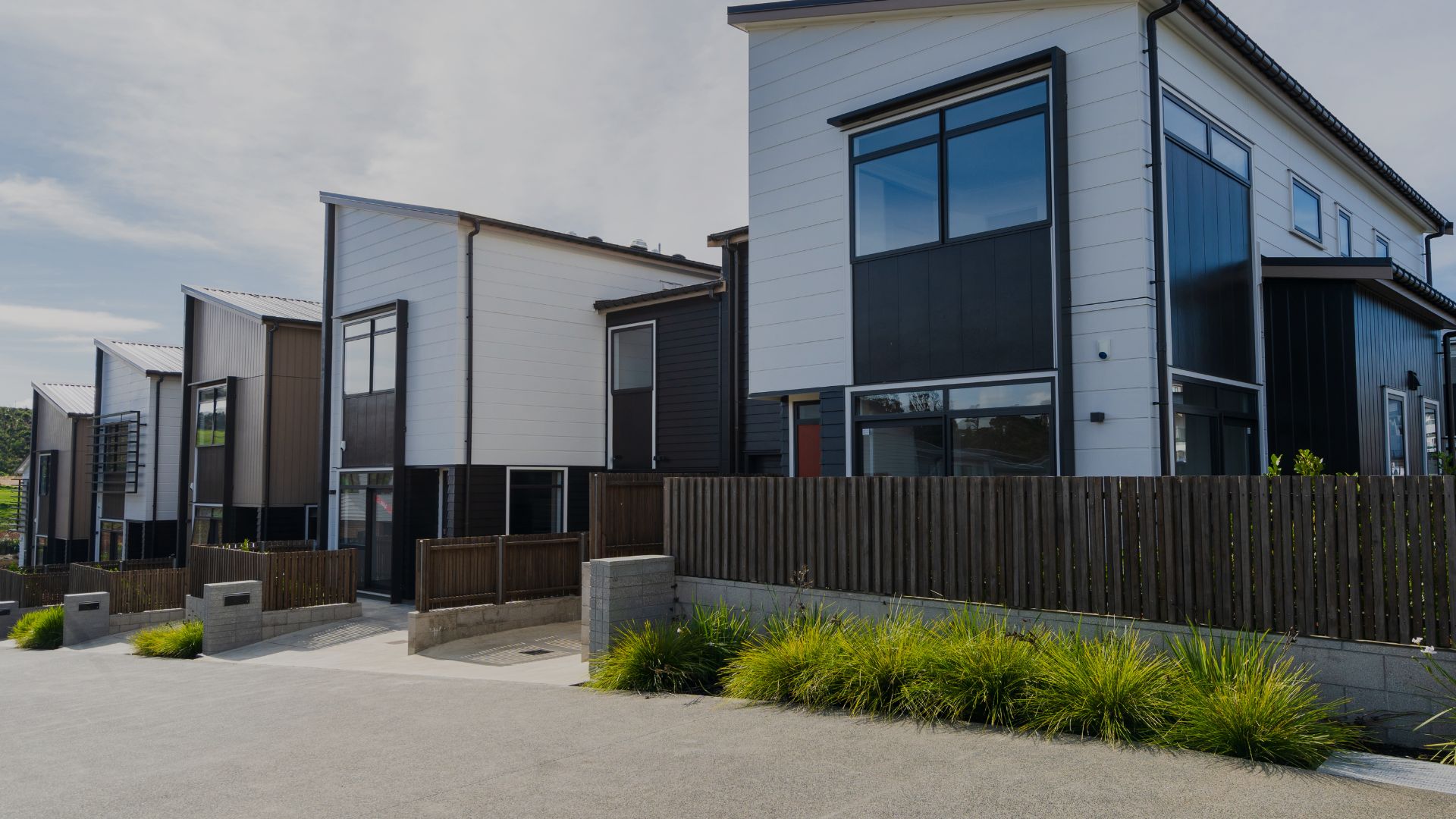Introduction
Real estate, an integral part of human civilization, has undergone a remarkable journey throughout history.
From the humble caves that served as shelters to the towering skyscrapers that define modern cities, the evolution of real estate is a testament to humanity’s progress and ingenuity.
In this captivating journey, we will delve into the past, exploring the pivotal moments that shaped real estate, and peer into the future to glimpse the exciting possibilities that lie ahead.

Ancient Foundations: Shelter and Settlements
The roots of real estate can be traced back to our earliest ancestors who sought shelter from the elements in natural formations like caves.
As societies developed, so did the concept of settlements. Ancient civilizations like Mesopotamia and Egypt constructed simple dwellings and communal spaces, setting the foundation for real estate’s role in fostering community and commerce.
The Grandeur of Antiquity: Real Estate in Classical Civilizations
The Greek and Roman civilizations brought forth monumental achievements in architecture and urban planning.
The Romans, in particular, introduced concepts like property rights, land ownership, and the development of infrastructure, laying the groundwork for modern property ownership systems.

Feudal Estates to Urbanization: Middle Ages and Renaissance
The Middle Ages saw the rise of feudal estates, where land was a symbol of power and wealth. With the Renaissance came a renewed interest in urban development, giving rise to the first glimpses of real estate as an investment.
The shift from agrarian economies to trade-based urban centers sparked the need for properties dedicated to commerce.
Industrial Revolution and Urban Boom
The 18th and 19th centuries witnessed unprecedented urbanization due to the Industrial Revolution. Mass migration from rural areas to cities led to the construction of tenements and early apartment buildings.
The emergence of the middle class and the expansion of rail networks further fueled the demand for residential and commercial real estate.
Modern Marvels: Rise of Skyscrapers and Suburbs
The 20th century brought radical changes to the real estate landscape. Innovations in construction allowed for the creation of towering skyscrapers, shaping iconic city skylines.
Simultaneously, the development of suburbs led to a new way of living, emphasizing single-family homes and community amenities.

Technology’s Touch: Real Estate in the Digital Age
The advent of the internet and digital technologies transformed how real estate transactions are conducted.
Online listings, virtual tours, and digital property databases revolutionized property searches and increased market transparency.
Smart home technology introduced a new dimension, enabling remote control of properties’ functions.
Sustainable Urbanization and Beyond: Glimpsing the Future
As we venture into the future, sustainable practices and smart urban planning will play pivotal roles in real estate.
Green buildings, renewable energy integration, and efficient land use are expected to dominate.
Virtual reality might enable immersive property tours, and blockchain could enhance transparency in property transactions, reducing fraud and bureaucracy.
Conclusion:
The journey of real estate through time is a remarkable tale of human progress, innovation, and adaptability.
From ancient shelters to futuristic smart cities, real estate has evolved to meet our changing needs and aspirations.
As we continue to shape our surroundings, it’s crucial to draw inspiration from the past while embracing the technologies and sustainable practices that will shape the real estate landscape of tomorrow.

